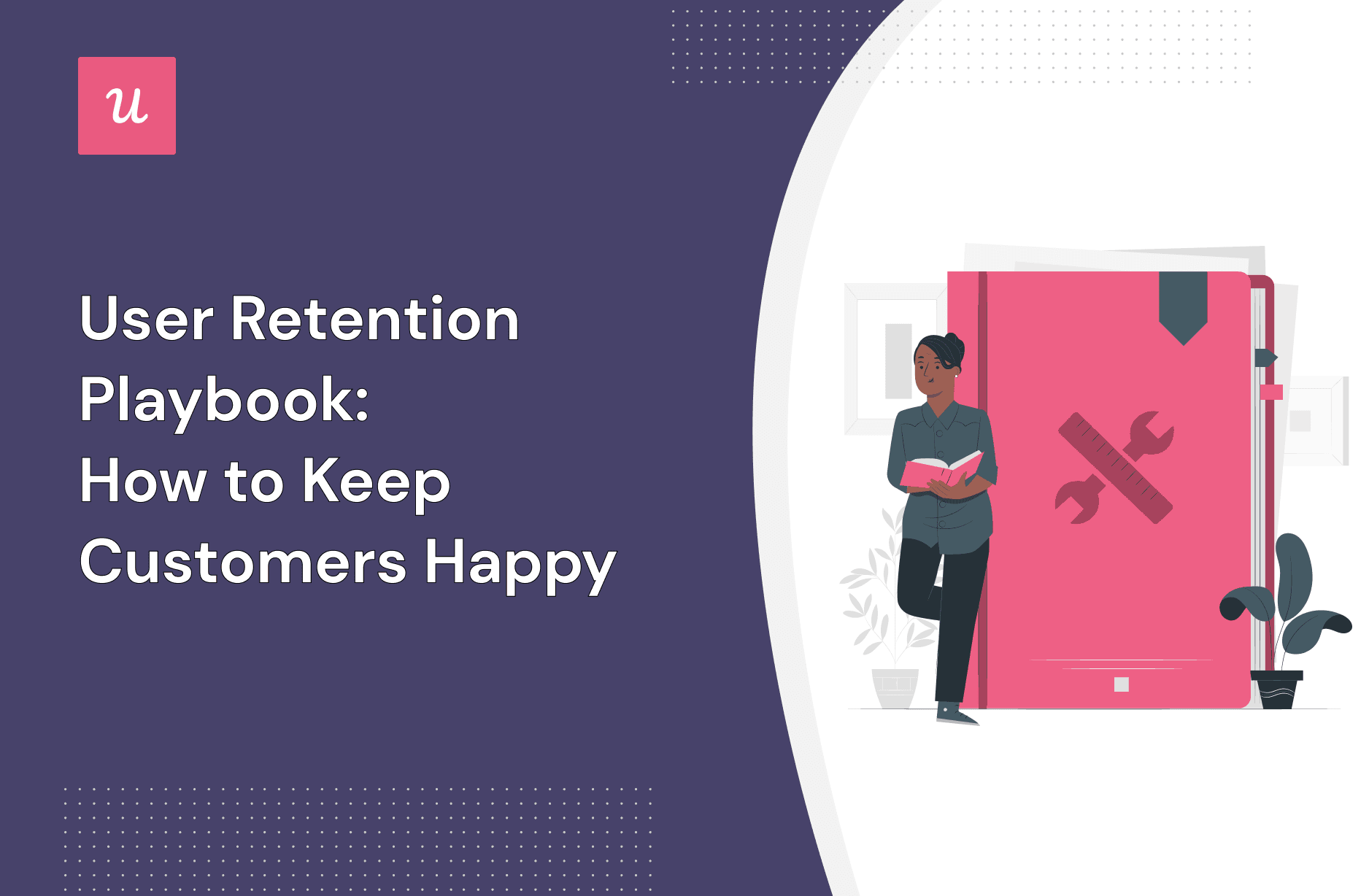
Without retaining users, you’re throwing away money and resources spent acquiring customers that’s why having a retention playbook is helpful.
A user retention playbook will keep your customers happy and continue using your product for longer.
Try Userpilot Now
See Why 1,000+ Teams Choose Userpilot

Summary of a retention playbook
- Customer retention can improve profitability, is less expensive than acquiring new users, and forms a large part of future revenue.
- You can use user retention metrics to identify if there’s a product-market fit problem rather than a retention problem.
- When developing your product, address app performance issues to improve user retention.
- Measure retention to understand user behavior and how many users are completing adoption.
- Metrics such as retention rate, churn rate, and customer lifetime value are important to track for user retention.
- Tracking in-app user behavior helps identify friction points that need improvement to lower churn.
- In-app surveys, such as NPS and CSAT, can track customer satisfaction levels, and you can deploy retention strategies for low-scoring users.
- Use a customer-centric approach by personalizing onboarding with the data collected via a welcome survey.
- Use checklists, interactive walkthroughs, and self-service portals to improve the customer experience.
- Monitor user satisfaction by regularly conducting in-app surveys.
- Introduce new features to continuously provide value.
- Build relationships with your customers by building an online community.
- Use loyal users and growth loop strategies to bring in new users.
- Connect with customers via social media if they haven’t recently engaged with your product.
- Provide incentives to draw customers back to your product.
- Use Pendo to provide user insights, guidance, and in-app messaging to improve user experience and drive product adoption.
- Appcues is a user onboarding platform allowing you to design and implement personalized user experiences without writing code.
- Userpilot can help you to collect user feedback on your product via surveys without any code. It can also personalize the user experiences via segmentation options. Book a demo now if you want to improve retention in your company and increase revenue.
Why is customer retention important?
Customer retention is important because you can pour as many dollars into acquiring new users but retaining them, in the long run, is more cost-effective.
Here are a series of statistics that prove user retention is essential:
- Increasing your user retention rate by 5% can increase profitability up to 95%.
- Retaining an existing is between 5 and 25 times less expensive than winning a new one.
- 80% of your future revenue comes from 20% of existing users.
- Between 75% and 95% of business revenue comes from upsell and renewals.
When should you start thinking about retention?
You shouldn’t just measure user retention when you meet a certain number of active users like most companies do. You should measure it at different stages of your product development.
Before product-market fit
You should start measuring user retention before achieving product-market fit to help you solve why users aren’t continuing to use your product and prevent your product from becoming a leaky bucket.
You want to ensure the metrics you track are guiding you correctly, else you could assume you have a retention issue because users aren’t staying with your product.
In actuality, it could be you haven’t identified your target market and market demand, and you don’t have a product-market fit—nothing to do with user retention.
When developing a product
Measuring user retention when developing a product is important so you can address any customer dissatisfaction causing users to leave.
As you acquire early users, you want to focus on them to provide a great customer experience. Optimize retention by addressing app performance issues to make the product experience seamless.
All stages of growth
Continuously iterate on your product to make it more habit-forming. The more often a user logs in and derives value from your product, the more likely they will stick to it.
And constantly measure user retention metrics can help to understand user behavior to see how many users you are retaining.
How to measure customer retention?
An unreplaceable part of the user retention playbook includes measuring customer retention. Let’s explore different ways of doing so:
Track user retention metrics
Measuring user retention metrics is vital to understand how well your product is performing. They allow you to understand your product’s benchmark and show you how your efforts for improvement measure over time.
There are four main metrics you should track for user retention:
- Retention rate: the percentage of customers a company keeps over a specified timeframe, excluding new users.
- Churn rate: often likened to a leaky bucket, is the percentage of users who stop using a company’s product or service during a specific timeframe.
- Customer lifetime value: represents the total revenue a company expects to earn from users throughout their entire relationship with the business.
- Customer health score: assesses a user’s overall satisfaction and engagement with a product or service, often used to identify areas for improvement.
Track in-app user behavior toward key actions
You can tag features to discover how various user segments engage with them.
This will help you identify how likely your users are to stick with you. You can identify important underperforming, value-rich features for the specific segment or friction points.
Resolving both problems can help improve the customer experience and reduce customer churn.
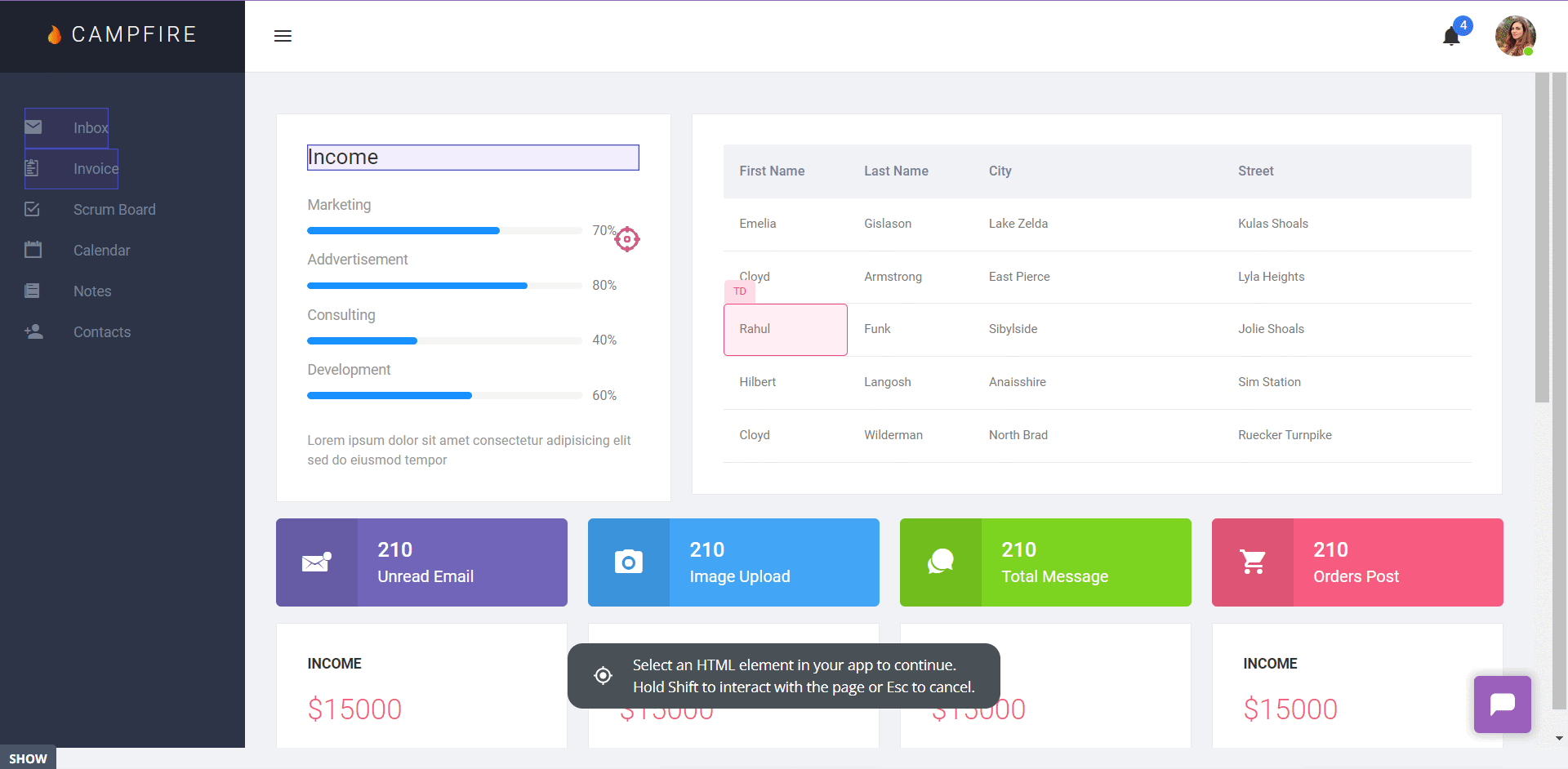
Track customer satisfaction levels with in-app surveys
Using in-app surveys can highlight when customer satisfaction drops.
NPS and CSAT surveys give you direct feedback from users on how satisfied they are with your product.
If scores drop, you can dig further to identify the reasons and work proactively to fix them.
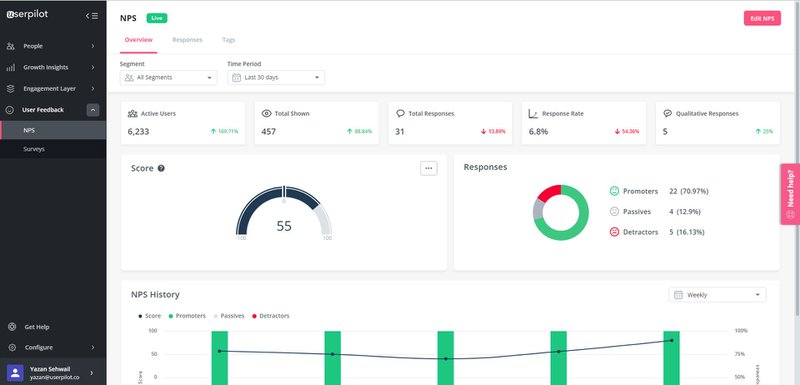
Best user retention strategies in the retention playbook to drive SaaS growth
The retention playbook looks different depending on where customers are in their journey.
The three main groups of users are new users, long-term users, and churned customers. Utilizing each playbook will help to increase revenue in your company.
Retention playbook for new customers
Onboarding is important for new customers to help them get value from your product as soon as possible. Here are some strategies that will help with retaining new users.
- Collect customer data: You should present all new users with a welcome survey. The survey will help you learn about customers’ needs and goals to segment later.
- Segment users: You can use the data from the welcome survey to segment users based on user personas.
- Personalize onboarding: Delivering a customer-centric rather than a product centric approach means you’re doing everything to improve your product and drive the solutions they need. With segmentation data collected early, you can create customized flows to only display information relevant to what will solve their goals.
- Implement checklists: Checklists are a great way to drive users to your activation point. They contain three to five actions that will lead users to activation based on their JTBDs. Data from the welcome survey can personalize these checklists depending on the segment.
- Improve customer experience: Interactive walkthroughs and self-serve portals are a great means to provide users with the right information to understand how to derive value from your product.
Retention playbook for long-term users
Even though you may think long-term users are safe, you shouldn’t ignore them and continue delivering consistent value to retain them.
- Monitor customer satisfaction: You should use in-app surveys to monitor customer satisfaction. If low scores become a trend, you can find out the reason for dissatisfaction and work to fix it.
- Introduce new features: Feature development should be an ongoing theme in your product. The more features you release that provide customers value, the longer they will use your product.
- Create a community: A community allows users to engage with other users. It helps to build long-term relationships that lead users to become loyal.
- Harness loyal customers: Using growth loops will help you create a cycle where you foster loyal customers, which helps to bring in new users.
Retention playbook for re-engaging churned customers
You’ll inevitably have users that will drop off and stop using your product. These churned users aren’t a lost cause. You can implement these retention playbook tactics to try re-engaging them.
- Understand the reason for churning: You can use a churn survey to understand why they left to bring them back.
- Use retargeting campaigns: Delving into your customer database and analytics can provide you with useful customer behavior data. This information can power retargeting campaigns, such as win-back emails (frequently done with e commerce), with the right user behavior data.
- Use push notifications to engage inactive users on mobile: Push notifications are a great way of re-engaging users by showing them what they are missing out on.
- Utilize social media: Social media is a great channel to reach churned customers. You can connect with them with content such as updates, news, or helpful tips that can interest them in your product.
- Give incentives: Incentives can be the push needed to bring users back. You can offer rewards, discounts, gifts, or loyalty points to reward users for returning to use your product again.
Customer retention tools to implement strategies in retention playbook
To help implement each user retention playbook strategy, you can use technology to assist you and prevent a leaky bucket product. These three platforms can make retaining customers easier.
Userpilot
Userpilot is a product growth platform that can help you increase growth metrics like user retention at every user journey stage. It offers a suite of no-code features that can assist in implementing the retention strategies in this article.
- Collecting customer feedback: Userpilot has a range of different in-app survey templates that you can trigger at different stages in your product to collect relevant information.
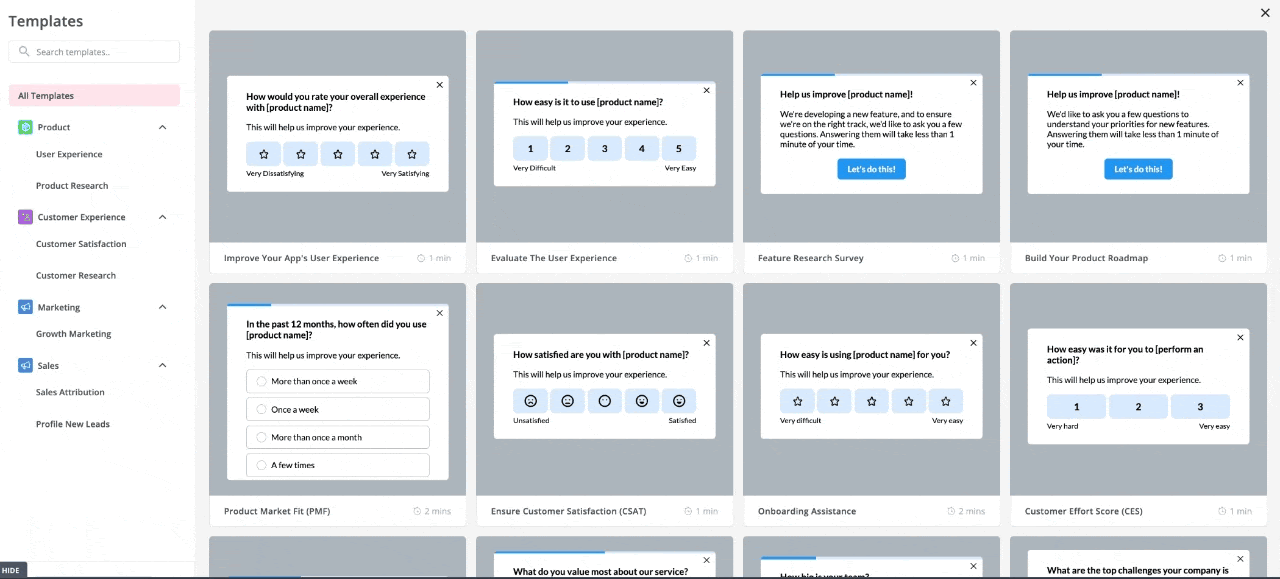
Segmentation: Userpilot offers robust segmentation options based on data you collect directly from customers or user behavior.

- Monitor user behavior: Knowing how users are using your product means you can trigger certain retention strategies before they leave.
- Analytics: Via a dashboard, you’ll see an overview of your users and their attributes, so you can understand if any trends from past users indicate they might churn.
- Set goals: You can set goals for your users on certain paths you know will increase their chances of becoming long-term users. You can monitor the performance and address users who aren’t hitting goals.
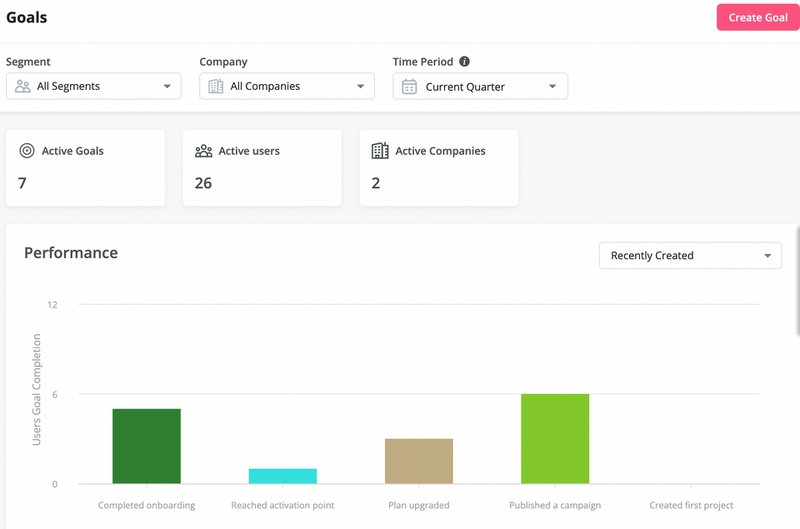
Checklists: Userpilot lets you create checklists that drive user activation. They help encourage users with small steps leading them closer to feature discovery each time.
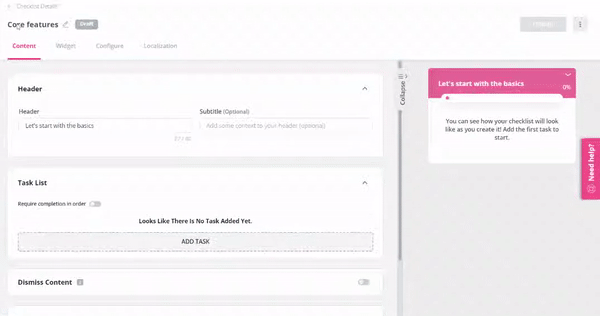
- Resource center: Rather than customers getting stuck while using your product and relying on customer support, you can create a resource center so they can self-serve helpful content to solve their problems.
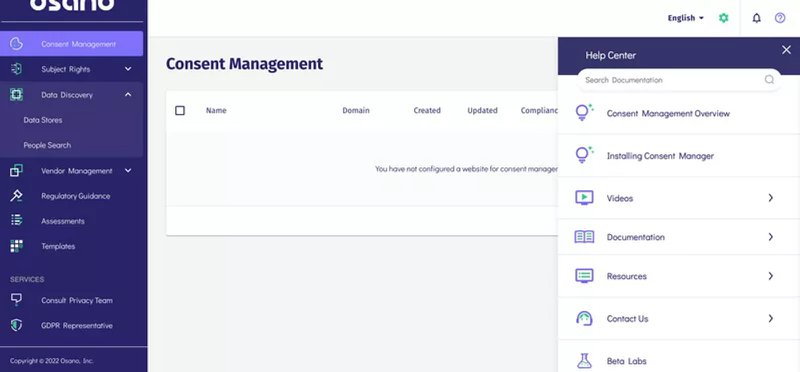
- Localization options: Localization helps your product to engage users with content in their culture and language.
- Path analysis: Path analysis provides a detailed funnel analysis to see which path has a better retention rate. You can duplicate these successful paths for new users to improve user retention.
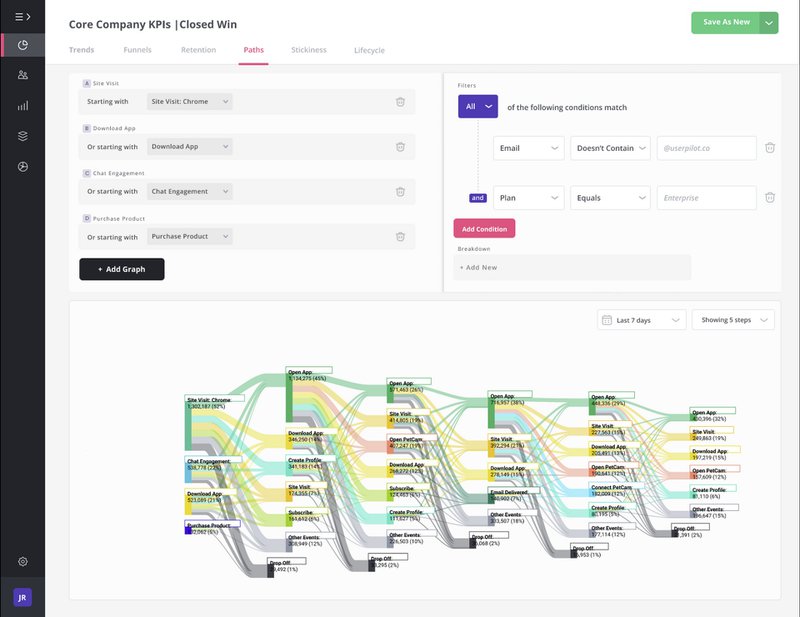
Pendo
Pendo is a digital adoption platform that tracks user engagement and in-app behavior so you can understand how users behave with your product and better understand their needs and wants.
- In-app guides: Pendo offers a way to communicate with users to help them find new features, design onboarding experiences, and collect customer feedback.
- Tracking sentiment: You can create polls within your product to track customer satisfaction and loyalty. It offers an NPS dashboard to provide an analysis of customer results.
- Roadmaps: You can share roadmaps with users that display your product vision and strategy so they can see the plans and value your product will deliver.
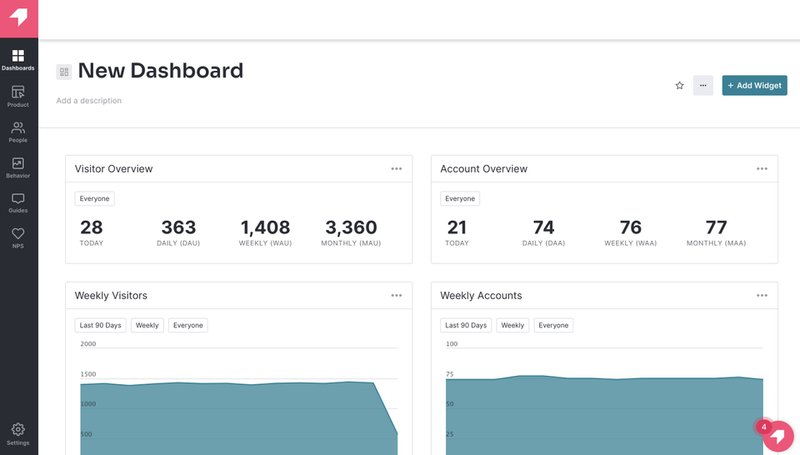
Appcues
Appcues is a user onboarding tool that helps to educate new users, create product tours, and guide users to new feature adoption.
- UI patterns: Appcues provide UI patterns such as modals, slideouts, tooltips, and hotspots to deliver key content to users reducing the time to value.
- Product tours: Product tours can be implemented via templates to quickly get them up and running in your product.
- Checklists: This enables you to create highly effective checklists promoting user activation.
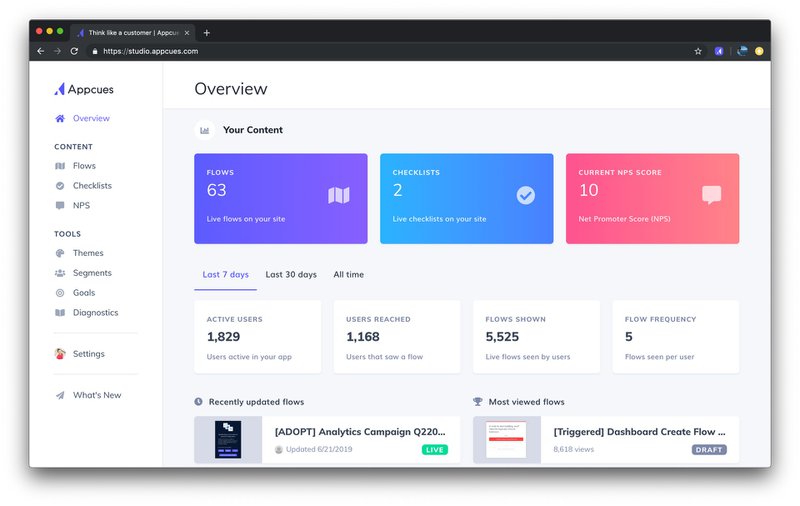
Conclusion
You can overlook customer retention when trying to acquire new users. But it can be more cost-effective to work on strategies within this user retention playbook to keep your current users. Rather than pouring as many dollars as you like into getting new customers.
Want to get started with some of the retention strategies within this article? Get a Userpilot Demo and see how to stop users from leaving your product and increase revenue in your company.





